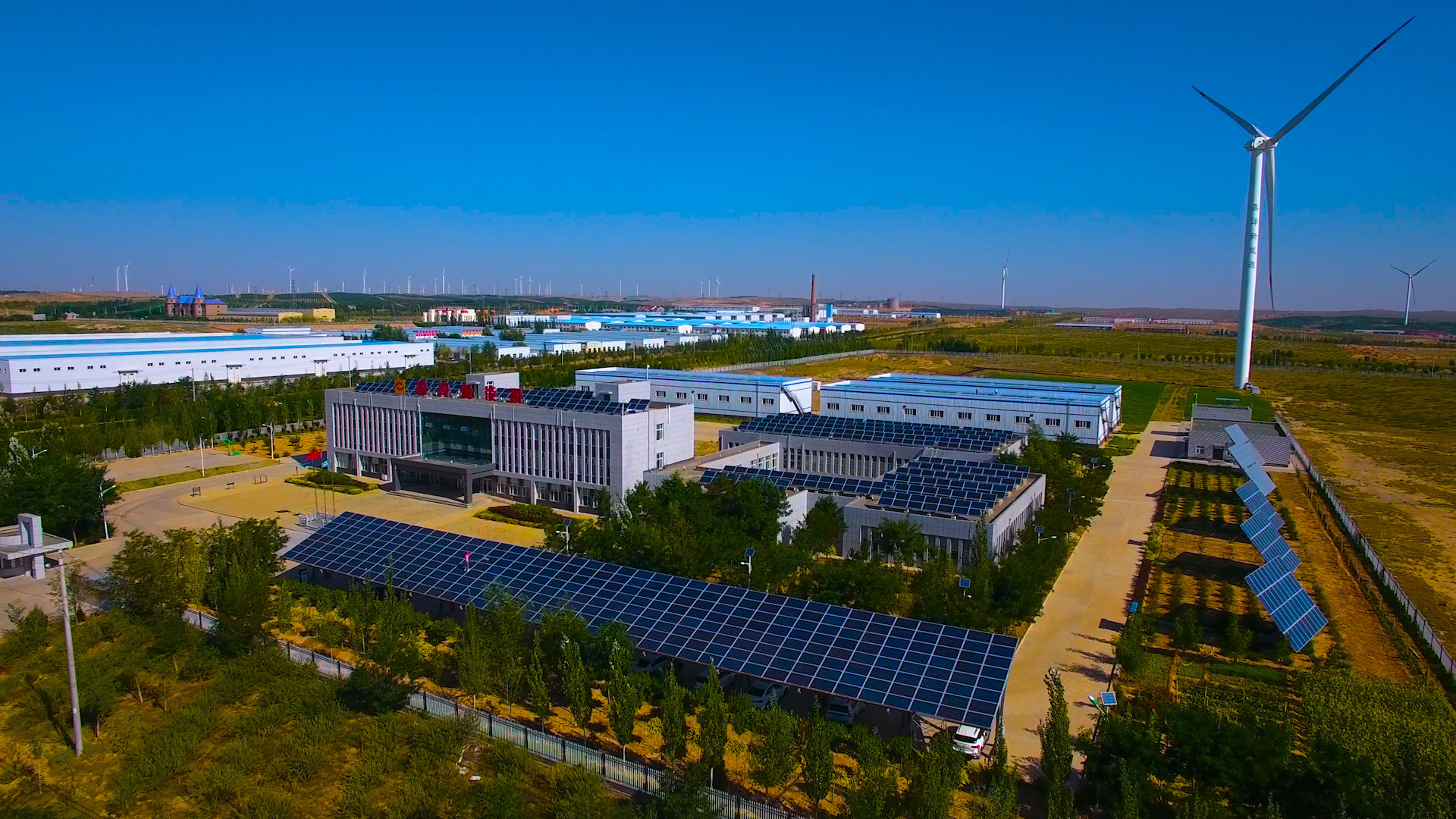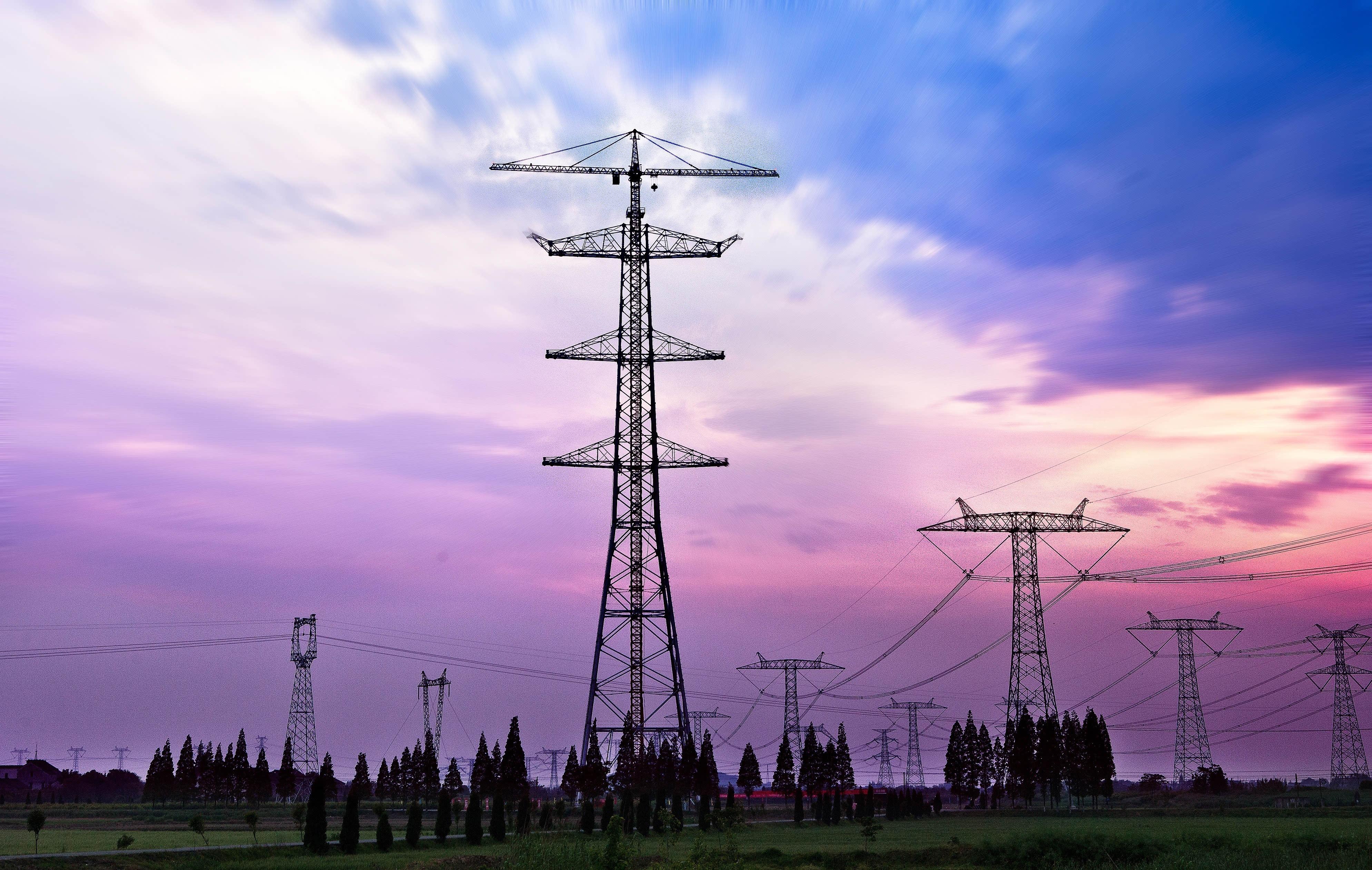
Novembro. 23 de outubro de 2023 17:01 De volta à lista
A principal tecnologia da microrrede inteligente
O desenvolvimento e implementação de microrredes inteligentes dependem de várias tecnologias importantes. Em primeiro lugar, a utilização de novas tecnologias de produção de energia energética e de energias renováveis é essencial. Atualmente, as microrredes inteligentes dependem principalmente de várias fontes de energia renováveis, como a energia fotovoltaica e eólica, bem como o hidrogénio, o gás natural e o biogás. Estas tecnologias maduras de geração de energia permitem um fornecimento de energia diversificado e sustentável.
Secondly, energy storage plays a crucial role in microgrids. It helps to balance the intermittent nature of renewable energy sources by providing peak shaving and valley filling capabilities. Several energy storage technologies are currently being used, including battery energy storage, flywheel energy storage, superconducting magnetic energy storage, and supercapacitor energy storage. While lead-acid batteries are currently the most mature energy storage technology, they face issues such as short lifespan and lead pollution. However, the marketization of graphene batteries, which offer high energy, low cost, and high-quality performance, holds great promise for the future of energy storage in smart microgrids.

Em terceiro lugar, a otimização e o despacho de energia nas microrredes inteligentes diferem das redes elétricas tradicionais. Microrredes inteligentes empregam uma tecnologia de despacho horizontal de otimização complementar de energia múltipla. Isto permite a utilização eficiente de vários sistemas de gestão de energia, realizando saídas térmicas, elétricas e frias. Além disso, permite a substituição complementar direta entre diferentes fontes de alimentação, como luz/eletricidade, calor/frio, vento/eletricidade e troca de energia direta/CA. O despacho hierárquico e ordenado de energia nos links fonte-armazenamento-carga garante uma eficiência ideal de utilização de energia.
Lastly, smart microgrids require effective protection and control technologies. With multiple power sources and loads in operation, adjustments and control through the energy storage system or the external power grid are necessary to accommodate load changes and power supply fluctuations. The microgrid control center handles the regulation, switching, and control of these power supplies. It monitors the power parameters, switching status, power quality, and energy parameters of each new energy power generation system, energy storage system, and load. Additionally, the microgrid control center focuses on energy saving and improving power quality to enhance the overall performance of the smart microgrid.

The rapid development of smart microgrids is reshaping the traditional power grid landscape. These microgrids establish an exchange of energy with the larger power grid, serving as backups for each other. This active distribution network enhances the reliability of power supply by integrating the capabilities of distributed energy resources. Smart microgrids offer great potential in reducing energy consumption, improving power system reliability, and enhancing flexibility. As a result, microgrid technology has gained significant attention and is seen as a new direction for power system reform. The marketization process of key equipment in smart microgrids will accelerate the advancement and performance of these technologies.
Produtos relacionados:
Armazenamento de energia eletroquímica FlexPIus-EN-512
Será removido se infringir
Site de referência: https://www.sohu.com/
-
Smart Grid Management for Rural Electrification
NotíciasJul.03,2025
-
Energy Management System Battery Storage for Renewable Integration
NotíciasJul.03,2025
-
Energy Control Systems in Public Transportation Networks
NotíciasJul.03,2025
-
Electrical Energy Management System for Electric Vehicle Charging
NotíciasJul.03,2025
-
BMS Energy Retrofitting for Aging Infrastructure
NotíciasJul.03,2025
-
Adaptive Energy Control Systems for Weather Variability
NotíciasJul.03,2025























